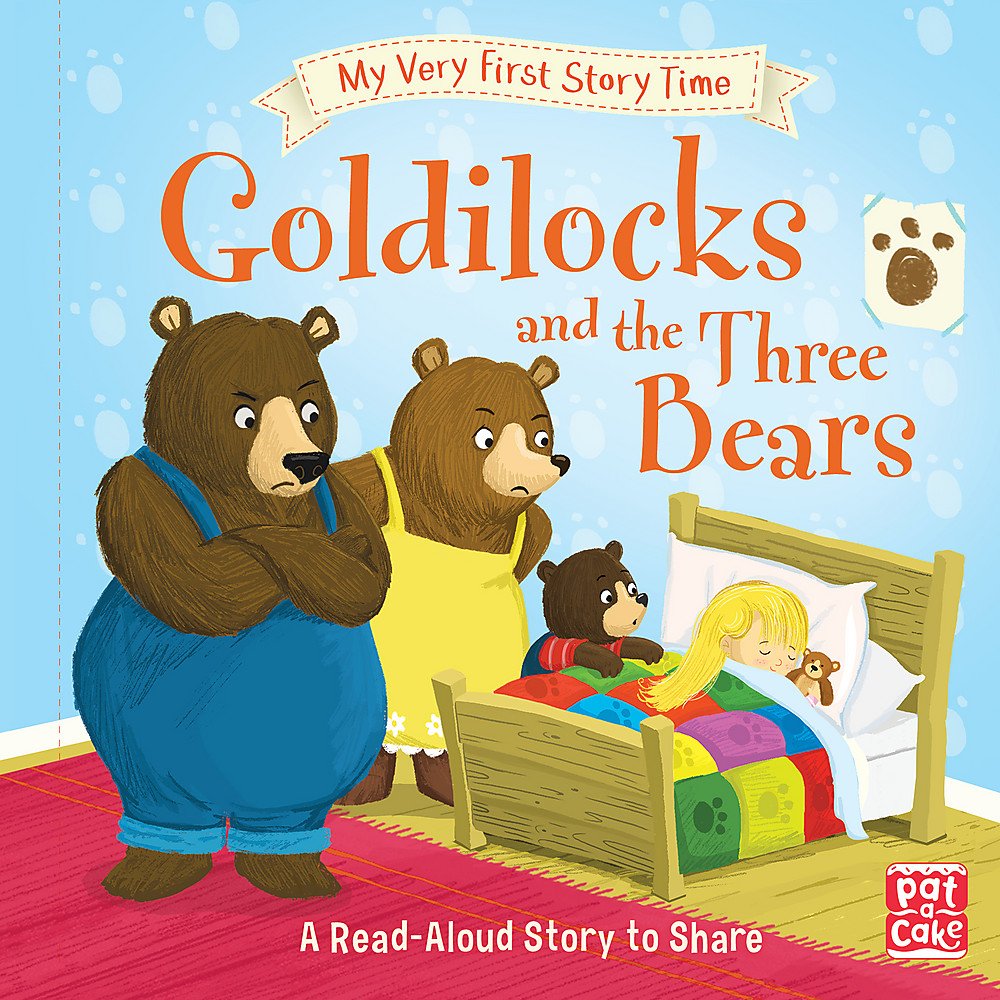In the mid-1950s, a 10-year-old boy walked into Disneyland in Anaheim, California, looking for a job. Child labor laws weren’t the same then as they are now, and the boy landed a position selling guidebooks for 50 cents apiece. Within the year, the boy transitioned to Disney’s magic shop, where he learned how to perform tricks and experiment with jokes. Quickly he discovered that his passion was in laughter, not in magic.
As the boy grew into a young man, he started performing in clubs around Los Angeles. At first, his acts were short, and the crowds were small; it certainly wasn’t glamorous work, but he was motivated—the laughs, the silence, all of it got in his head, and he wanted to master it. By the mid-1970s, he was a regular guest on Saturday Night Live and The Tonight Show. After years of work, all the awkward moments and difficult decisions were starting to pay off. At one show in Ohio, over 18,000 people attended. A three-day show in New York sold 45,000 tickets. The boy became one of the most successful comedians of his time. His name is Steve Martin.
Not Too Easy, Not Too Hard
Have you ever wondered why some people stick with their dreams and goals while others of us struggle to stay motivated and engaged? Researchers have been studying questions like this for years, and one of the most consistent findings is that people stay engaged when tasks are “in” the sweet spot of engagement—challenged by the level of difficulty but not crushed by it. This is the Goldilocks Principle; not too easy, not too hard, just right.
An example might be helpful. Let’s say you play chess. Now imagine playing a seven-year-old in a serious game. What would happen? There’s a good chance that you’ll soon become bored. It’s just too easy. You’ll win at every turn. Unless you’re facing a prodigy; in that case, good luck! In contrast, imagine playing a Grandmaster like Magnus Carlsen (currently ranked #1 chess player in the world). In this scenario, you will probably quickly lose motivation because the match is too difficult.
In both scenarios, engagement wains because it falls outside the sweet spot of mental challenge or personal capability. And although a person may stay engaged for a moment, repeated experiences in scenarios like this don’t bode well for anyone’s mental engagement. Now imagine playing someone who is your equal. In this scenario, you have a reasonable possibility of winning, but only if you try. Your focus narrows, distractions fade, and you find yourself fully invested in the task at hand. This is the sweet spot of engagement.
Let’s pull back from this topic a bit and consider the people we’re responsible for serving and leading. Think about your team and organization, are they currently in a scenario that motivates them to stay engaged in their work? We all know that people perform at their best when they’re engaged, but what are we doing as leaders to ensure that people stay engaged. As we launch into a new week, let’s reflect on some questions that could challenge us as leaders to better position our team for maximum possibility of engagement.
- Would any of your team members refer to their work as boring?
- Does anyone on your team feel overwhelmed by the tasks or projects that they’re responsible for?
- Does your team have the knowledge, skills, and abilities to perform well in their role? Would their opinion match your response?
- What opportunities could you create for team members to enhance their mental engagement?
- How could you help your team members to be better equipped or feel better prepared for their role?


















